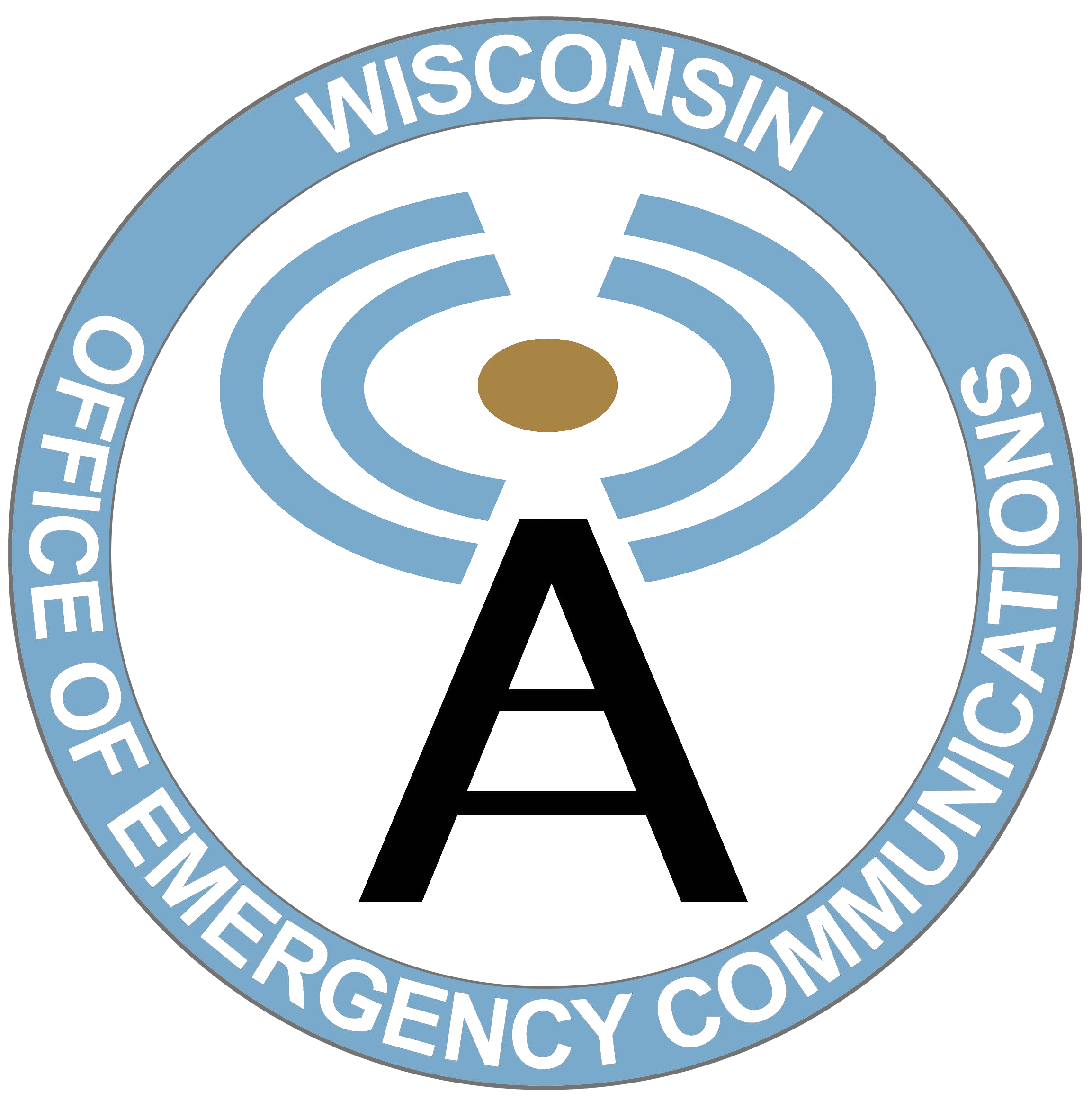What is Interoperability?
Interoperability exists at all levels of government and is the foundation of successful public safety operations. Also commonly referred to as interoperable communications, it is the ability of public safety responders to share information via voice and data communications systems on demand, in real time, when needed, and as authorized.
Learn how Wisconsin certifies and supports emergency communications personnel through its statewide Communications Unit Program.
Interoperability Resources
The WI-FOG is a state reference tool for interoperable communications, including Wisconsin-specific information, Land Mobile Radio (LMR) channels, WISCOM maps, auxiliary communications resources, broadband resource request information, and technical references. It also includes sections on interoperability best practices and tactics The WI-FOG is published by Office of Emergency Communications (OEC).
The NIFOG is a federal reference tool for interoperable communications, including national and federal interoperability LMR channels and a significant number of technical resources for field communications. The NIFOG is published by Cybersecurity and Infrastructure Security Agency (CISA).
Interoperability and Communications Training
Communications training and exercise are some of the best ways to build and maintain interoperability capabilities, especially at the local level. Office of Emergency Communications (OEC) strongly encourages the development of communications capabilities, training, and resources at the local level.
In partnership with the Cybersecurity and Infrastructure Security Agency (CISA), OEC organizes and sponsors multiple classes that support the development of local communications capabilities. These classes are free of charge and are held on a rotating basis around the state. They include:
- Communications Unit Leader (COML)
- Communications Technician (COMT)
- Incident Communications Center Manager (INCM)
- Incident Tactical Dispatcher (INTD)
- Auxiliary Communications (AUXC)
- Interoperability/LMR 101 (state-developed)
Please visit the Wisconsin Training Portal at www.trainingwisconsin.org to see current class opportunities. For questions on Communications Unit training, please contact interop@widma.gov.
Interoperable Communications Exercise
Tabletop, functional, and full-scale exercises, also known as Live Action Role Play (LARP), are an important tool in public safety and are used to test capabilities and determine areas for improvement. OEC encourages all exercise development to be consistent with the Homeland Security Exercise Evaluation Program (HSEEP.) Exercise development resources are available for free as part of the FEMA Preparedness Toolkit.
OEC encourages all levels of government to participate in communications training, and practice using communications equipment and interoperability skills.

